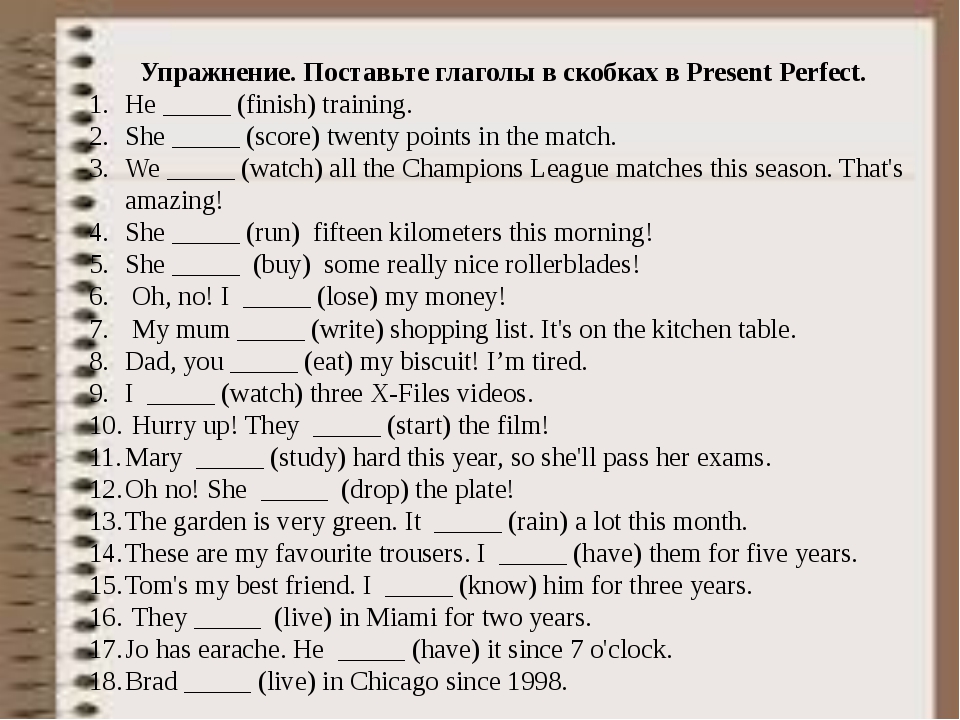By Jon Yanca Jul 20, 2022
Shutterstock
Article QuickTakes:
If you own a truck, SUV, or van, you may see an “LT” embossed on the sidewall of your tires. It’s an important classification depending on the weight of your vehicle and how you use it, so let’s take a dive into what it means and if you should consider a set of “LT” tires.
An “LT” on your sidewall before that long string of numbers and letters denoting your tire size signifies the tire is a "Light Truck-metric" size; it was designed for use on a vehicle that carries heavy cargo loads or tows a large trailer.
A tire size that ends with an LT means it’s a special kind of “Flotation Light Truck” tire that can also handle heavy loads and towing, but the tread pattern is engineered to prioritize off-road traction to “float” over sandy surfaces and loose sediment. This will come at the expense of maximizing on-road traction and longevity — so unless you are regularly driving through fields, a flotation LT tire is not ideal for you.
Alternatively, the tire size might start with a “P” for “P-metric,” meaning it was designed for fit on a vehicle that’s primarily used as a passenger vehicle. However, many light-duty trucks, SUVs, and vans come fitted with passenger tires.
There are a number of differences, but it really boils down to construction. LT tires are built with beefed-up internal belts and cords enabling them to shoulder the extra load. The rubber compound can also differ as LT tires will endure more heat generated from carrying more weight.
On the outside, LT tires typically look different than passenger tires, recognizable by the squared-off shoulders as well as a deeper and more aggressive tread pattern. They can generate an increase in road noise — especially on the highway.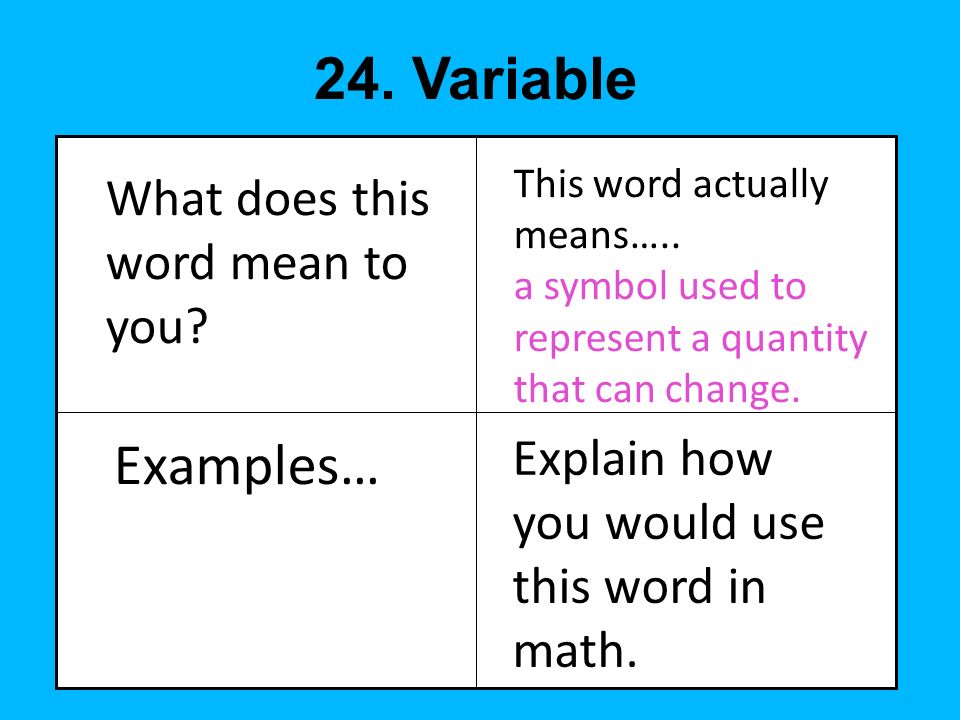
You can expect LT tires to ride stiffer than a passenger tire due to their heavy-duty construction and higher inflation specification. They can also affect fuel mileage since it takes more energy to turn a heavier LT tire.
The answer to this question depends on several factors. If you tow a heavy trailer or drive a vehicle packed with people and cargo, LT tires are an excellent choice — especially because they can improve handling while under that heavy load.
For those with ¾- or 1-ton class vehicles, it was most likely engineered and built with LT tires, in which case you do need LT tires. But if you drive a small or mid-size SUV/crossover that’s used as a runabout or commuter, LT tires aren’t necessary or even ideal for your usage.
It’s important to note that LT tires do not increase the overall load capacity of your vehicle. The vehicle itself has a load capacity that should not be exceeded. Be sure to check the sticker in your driver’s door jam or refer to your owner’s manual for maximum weight and load ratings, as well as original tire sizing and classification. If you have any doubts, consult a tire professional to determine what’s best for your vehicle and needs.
If you have any doubts, consult a tire professional to determine what’s best for your vehicle and needs.
The life of any tire depends on a number of factors, including how you drive. LT tires don’t typically come with a mileage warranty from the manufacturer to use as a guide; this is likely because they are subject to a variety of heavy-duty use, making the wear unpredictable. Be prepared for LT tires to wear quicker than a typical passenger tire.
TAGSlt tirestire sizept tireslight truck-metric tirespassenger tireshow long do tires last
This site is for educational purposes only. The third parties listed are not affiliated with Capital One and are solely responsible for their opinions, products and services. Capital One does not provide, endorse or guarantee any third-party product, service, information or recommendation listed above. The information presented in this article is believed to be accurate at the time of publication, but is subject to change.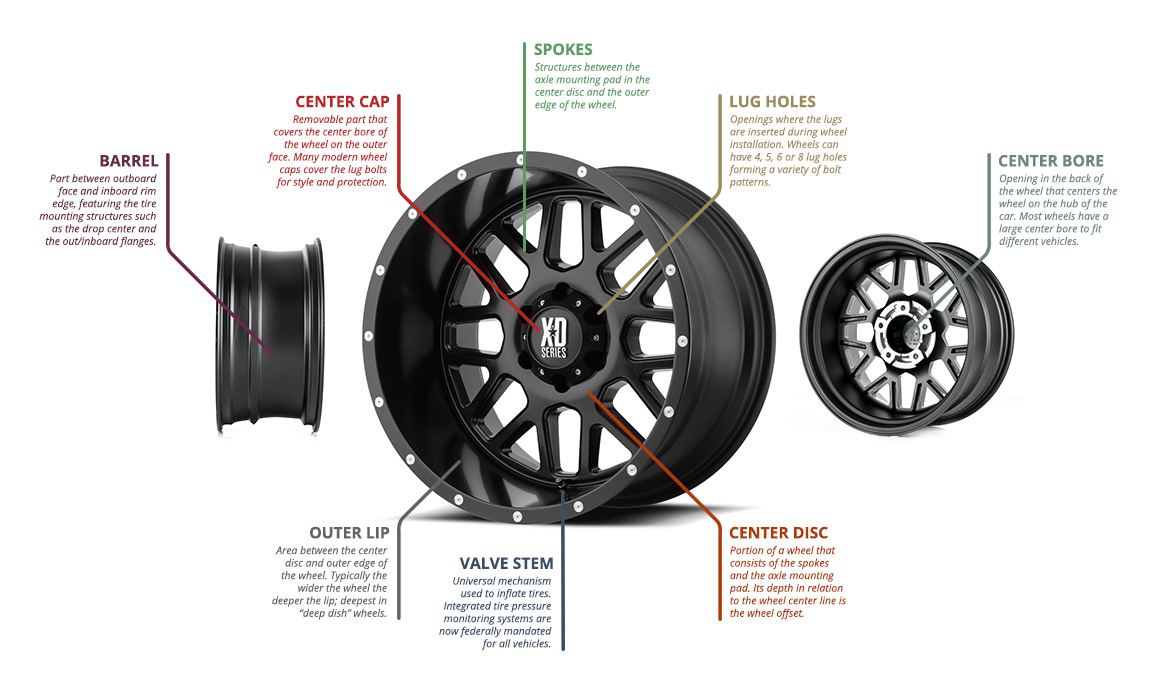 The images shown are for illustration purposes only and may not be an exact representation of the product. The material provided on this site is not intended to provide legal, investment, or financial advice or to indicate the availability or suitability of any Capital One product or service to your unique circumstances. For specific advice about your unique circumstances, you may wish to consult a qualified professional.
The images shown are for illustration purposes only and may not be an exact representation of the product. The material provided on this site is not intended to provide legal, investment, or financial advice or to indicate the availability or suitability of any Capital One product or service to your unique circumstances. For specific advice about your unique circumstances, you may wish to consult a qualified professional.
Jon Yanca
To say cars have been a lifelong passion for Jon Yanca would be an understatement. Obsession is probably more fitting. He brings over 15 years of automotive-industry experience spanning from top enthusiast publications, to advertising and marketing, to independent auto repair. When Jon is not writing about cars, you'll find him racing on dirt, pavement, and even ice, or with a wrench in hand maintaining his fleet of vehicles.
1. Lt tires explained
LT-metric (Light Truck) tires are specifically engineered to work with trucks, full size SUVs and Vans. Including also 1/2 ton, 3/4 ton and 1 ton load capacity.
Including also 1/2 ton, 3/4 ton and 1 ton load capacity.
An LT tire is basically a reinforced tire with extra steel belt, thicker, stiffer sidewalls and a deeper tread. They are meant to perform better while hauling, working and driving on non paved roads.
LT tires are available in a variety of ply levels that are typically Load Range C (6 ply), D (8 ply), or E (10 ply). Commercial truck-bus tires are usually on Load Range F (12 ply)-G (14 ply).
Comparing to a passenger (P-metric) tire who will mostly be in a B (4 ply) or C (6 ply).
2. What are the advantages and disadvantages of LT tires
The stiffer sidewalls provide more stability while hauling loads or driving off road. LT tires also have extra material in the sidewall and under the tread that protects the tire from damage.
In the other hand, LT tires won't ride as smooth, be as fuel efficient or last longer than a regular P-metric (Passenger)tire.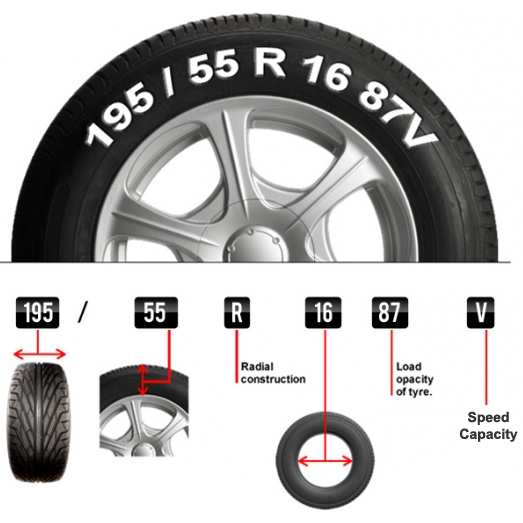
3. In which case should I use an LT tire?
If your truck came equipped from the factory with p-metric tires and you rarely go off paved roads and/or rarely pull or haul loads, you can continue with a P-metric (Passenger) tire. They will ride smoother, last longer, and be more fuel efficient than a LT rated tire in the same size.
On the other hand, if your truck, full size SUV or Van came from the factory rated for LT tires, it is best to replace the tires with LT tires. P-metric(passenger) to LT (light truck) is acceptable, but never replace original LT tires with P-metric tires due to them having lower load capacity ratings at maximum air pressure.
4. What is the difference between Ply rating and Load rating?
They are terms used from a different era in the tire history, but they mean the same thing.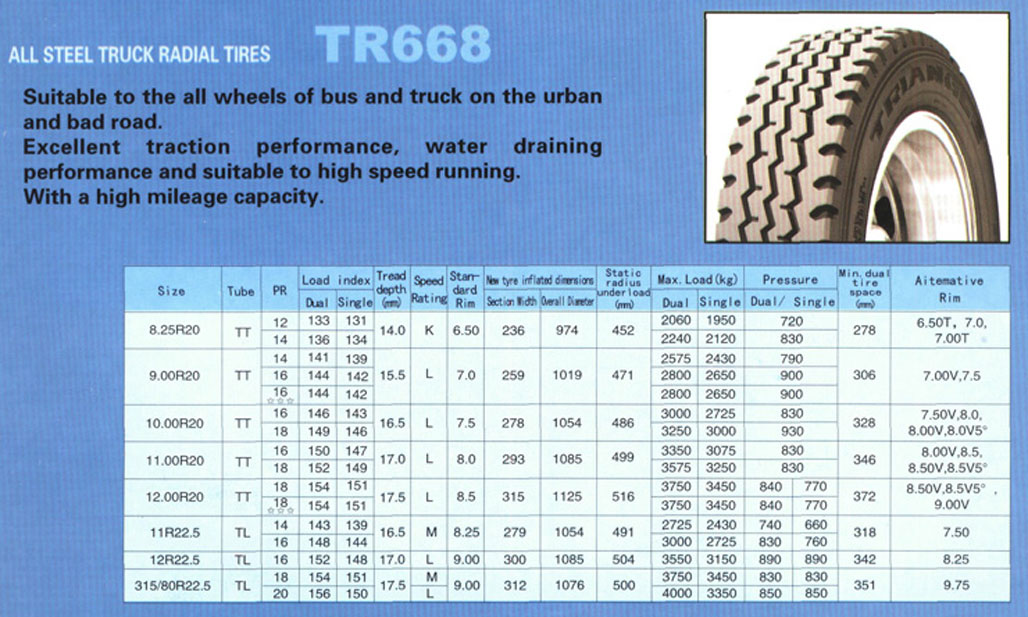 Ply rating is referred to a given letter (C to G) where, back then, they were using to say how many layers of compressed cotton fabric there were in the LT tire.
Ply rating is referred to a given letter (C to G) where, back then, they were using to say how many layers of compressed cotton fabric there were in the LT tire.
In today's modern technology, tire plies aren't made of cotton anymore but with other compounds and materials that are much stronger and the number of plies isn't the same as back then.
We currently use the load rating to find the right tire. If you see ply rating and load rating on a chart, they both represent the tire's maximum load carrying capacity at maximum allowable air pressure.
5. Can I choose a different type of tire on my vehicle?
Regardless of whether you’re changing tire sizes or want to switch the type of tire you’re using, it’s essential to ensure the load rating listed on the new tire’s sidewall is either equal to, or greater than, the load rating of the tire you’re replacing.
ex: a 275/65 R18 *123S* can be replaced by the same 123 load rating or by a 275/70 R18 *125R* as the load rating would be greater than what is recommended by the manufacturer.
Photo: Shutterstock
adv.rbc.ru
See also
Numbers and letters on a car tire provide all the necessary information about it. True, it is not easy to read them - here, even in the designation of one parameter, several measurement systems can be used simultaneously. In addition, many values are expressed in special indices. We decipher all important labels for the buyer.
adv.rbc.ru
A tire label is information about its properties printed on the outer rim. This is a huge amount of useful information. Here are the parameters of the tire that can be read from it itself:

The size designation is written in the form XXX/XX R XX. For example 225/65 R17.
The first three digits are the tire width in millimetres. In our case - 225 mm.
The second digit is the height, but not in millimeters, but as a percentage of the width. In our case, its height is 146.25 mm (225 * 0.65).
The third number after R is the outside diameter of the wheel or the inside diameter of the tire in inches. In our case, this is 17 inches or 43.18 cm. Do not confuse - this is the radius, not the diameter. The letter R itself stands for the radial design of the tire, which confuses many. Sometimes Radial can be written separately on the bus - the meaning is the same. In addition to the radial, there is also a diagonal design (D), but these are not found today.
Two numbers and a letter immediately follow the size. These are the codes for the load capacity and speed limit of the tire.
These are the codes for the load capacity and speed limit of the tire.
Two digits - capacity or load index. This is a complex system of values, in which the larger the number, the greater the load, but the step size between the values is not constant. Therefore, it is easier to just know the most common of them:

The index value is the load on each wheel separately. To calculate the total load capacity, multiply by 4. This value can also be written elsewhere in a simpler form: Max load - xxx kg.
Photo: Shutterstock
The letter after the two digits of the load index is the index of the maximum speed for which the tire is designed. It starts with A, but the values relevant for modern machines start with the second half of the Latin alphabet:
This is not the limit, but the maximum "comfortable" value. In exceptional cases, you can even exceed it by 20-30%, but it is better to avoid this.
Another key parameter is the timing of the tire. Usually it is indicated in a rounded rectangle, but may be without a frame. The first two digits are the week, and the second two are the year.
Also, three more parameters are usually indicated on the tire - wear resistance margin, grip quality class and temperature index.
The wear index is denoted by the word treadwear. Its unit is 480 km. Multiply the number next to that word by that value. If treadwear is 400, it means that under test conditions at the test site, such a tire has worn out after driving 192,000 km. Also, this parameter can be designated separately as the abbreviation TWI.
Traction is a measure of how well a tire grips on wet road surfaces. It has values from AA - the best level, to CC - the worst. Tires for regular passenger cars usually have class A, and the highest class is for sports and racing.
Temperature is the tire's ability to withstand heat when driving at a certain speed. There are three values here:
There are three values here:
Tires of modern passenger cars most often have this index value - A.
Photo: Shutterstock
The letter E with a number indicates that the tire complies with the rules of the European Tire Standards Association (ETRTO) and has a corresponding certificate . The number indicates the country that issued it - but this does not matter, since the ETRTO requirements are the same. In this case, the tire can be produced anywhere.
The weather conditions in which it is permissible to use this tire are also usually indicated:

Winter tires must have a first, second or third designation.
On some tires you can find the designation of the type of car for which they are intended:
In addition, the tire may be marked with:
 Tubeless may also be written on a tubeless tire;
Tubeless may also be written on a tubeless tire; Do you want to choose a tire for your car, but do not understand tire markings well? It's not a problem! In this section, we will help you figure out what tire parameters are, what they mean, and which tire is right for your car.
Find tires / tire catalog
195/65 R15 91 T XL
195 is the tire width in mm.
65 - Proportionality, i. e. profile height to width ratio. In our case, it is equal to 65%. Simply put, with the same width, the larger this indicator, the higher the tire will be and vice versa. Usually this value is simply called “profile”.
e. profile height to width ratio. In our case, it is equal to 65%. Simply put, with the same width, the larger this indicator, the higher the tire will be and vice versa. Usually this value is simply called “profile”.
Since the tire profile is a relative value, it is important to consider when choosing rubber that if you instead of size 195/65 R15, if you want to put tires with a size of 205/65 R15, then not only the width of the tire will increase, but also the height! Which in most cases is unacceptable! (except when both of these sizes are indicated in the car's operating book). You can calculate the exact data on changing the outer dimensions of the wheel in a special tire calculator.
If this ratio is not specified (for example, 185/R14C), then it is equal to 80-82% and the tire is called full profile. Reinforced tires with this marking are usually used on minibuses and light trucks, where a large maximum wheel load is very important.
R - means a tire with a radial cord (in fact, almost all tires are made this way now).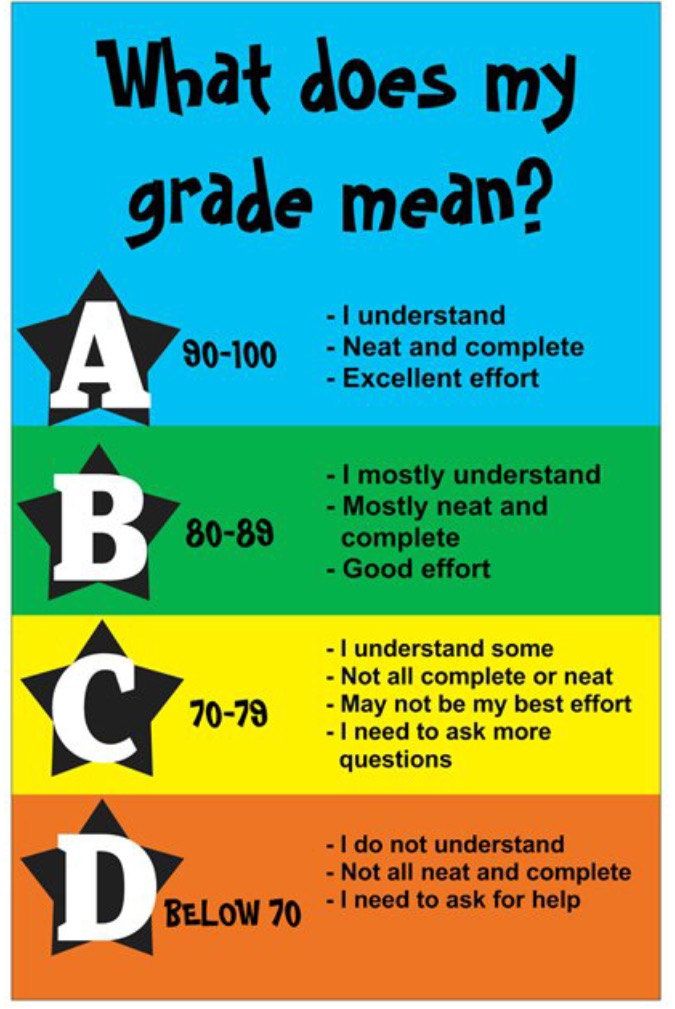
Many mistakenly believe that R- means the radius of the tire, but this is precisely the radial design of the tire. There is also a diagonal design (indicated by the letter D), but recently it has practically not been produced, since its performance is noticeably worse.
15 - wheel (rim) diameter in inches. (It is the diameter, not the radius! This is also a common mistake). This is the “landing” diameter of the tire on the disk, i.e. is the inside size of the tire or the outside of the rim.
91 - load index. This is the level of maximum permissible load on one wheel. For passenger cars, it is usually done with a margin and is not a decisive factor when choosing tires (in our case, IN - 91 - 670 kg.). For minibuses and small trucks, this parameter is very important and must be observed.
T - tire speed index. The larger it is, the faster you can ride on this tire (in our case, IS - H - up to 210 km / h).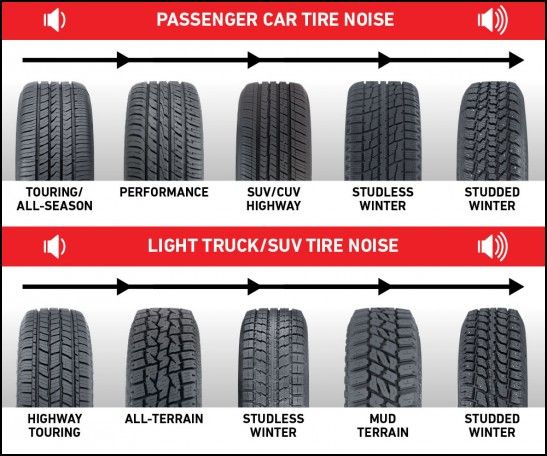 Speaking about the tire speed index, I would like to note that with this parameter, the tire manufacturer guarantees the normal operation of the rubber when the car is constantly moving at the specified speed for several hours.
Speaking about the tire speed index, I would like to note that with this parameter, the tire manufacturer guarantees the normal operation of the rubber when the car is constantly moving at the specified speed for several hours.
There are two different markings for American tires. The first one is very similar to the European one, only the letters “P” (Passanger - for a passenger car) or “LT” (Light Truck - light truck) are placed before the size. For example: P 195/60 R 14 or LT 235/75 R15. And another tire marking, which is fundamentally different from the European one.
Example: 31x10.5 R15 (corresponds to European size 265/75 R15)
31 is the outside diameter of the tire in inches.
10.5 is tire width in inches.
R - a tire with a radial design (older tire models were with a diagonal design).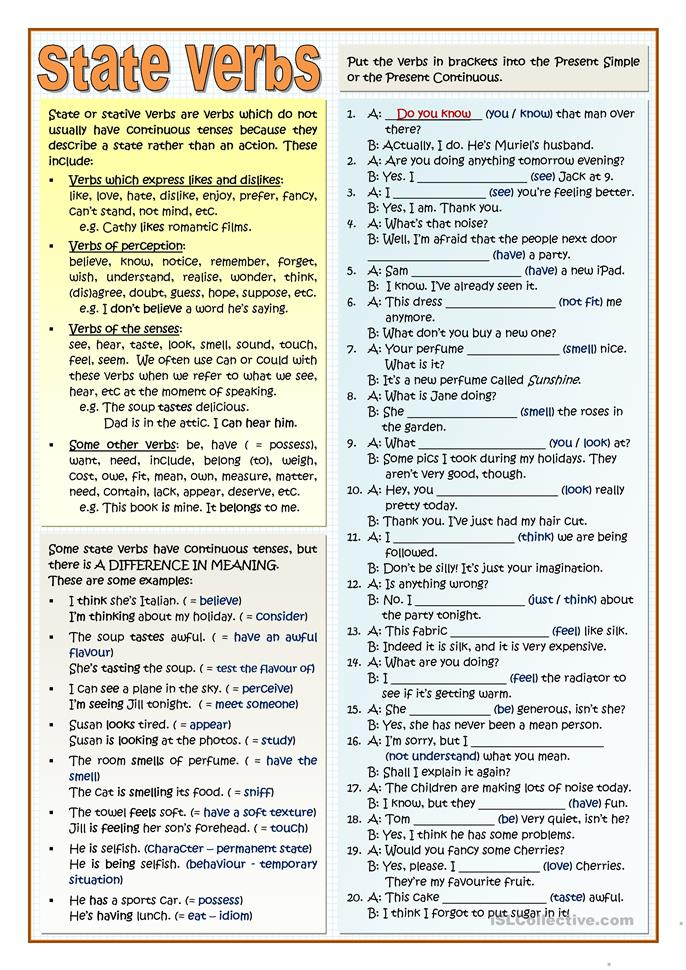
15 is the inner diameter of the tire in inches.
Generally speaking, except for inches that are unusual for us, the American tire marking is logical and more understandable, unlike the European one, where the height of the tire profile is not constant and depends on the width of the tire. And here everything is simple with decoding: the first digit of the standard size is the outer diameter, the second is the width, the third is the inner diameter.
XL or Extra Load is a reinforced tire, the load index of which is 3 units higher than that of conventional tires of the same size. In other words, if a given tire has a load index of 91 marked XL or Extra Load, then this means that with this index, the tire is able to withstand a maximum load of 670 kg instead of 615 kg (see the table of tire load indices).
M+S or M&S tire marking (Mud + Snow) - mud plus snow and means that the tires are all-season or winter. Many summer tires for SUVs are labeled M&S. However, these tires must not be used in winter, as winter tires have a completely different rubber compound and tread pattern, and the M&S badge indicates good flotation performance.
Many summer tires for SUVs are labeled M&S. However, these tires must not be used in winter, as winter tires have a completely different rubber compound and tread pattern, and the M&S badge indicates good flotation performance.
All Season or AS all season tires. Aw (Any Weather) - Any weather.
Pictogram * (snowflake) — rubber is designed for use in harsh winter conditions. If this marking is not on the sidewall of the tire, then this tire is intended for use only in summer conditions.
Aquatred, Aquacontact, Rain, Water, Aqua or pictogram (umbrella) are special rain tires.
Outside and Inside ; asymmetric tires, i.e. It is important not to confuse which side is the outside and which is the inside. When installing, the Outside inscription must be on the outside of the car, and Inside on the inside.
RSC (RunFlat System Component) - RunFlat tires are tires on which you can continue to drive a car at a speed of no more than 80 km / h with a FULL loss of pressure in the tire (due to a puncture or cut).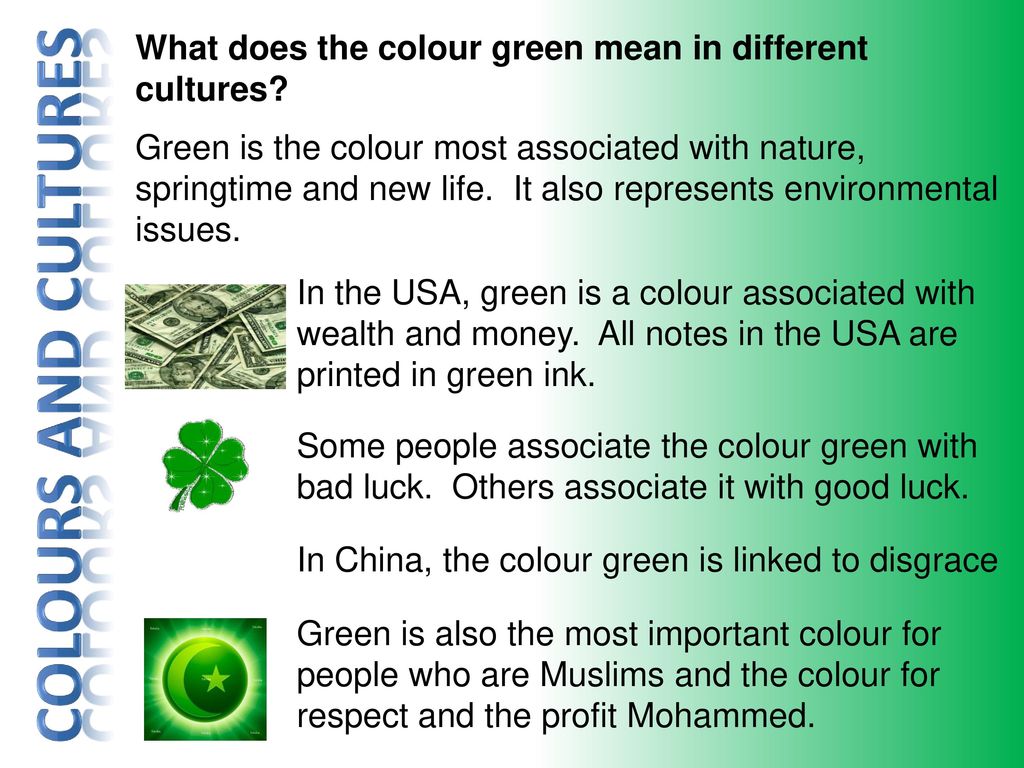 On these tires, depending on the manufacturer's recommendations, you can drive from 50 to 150 km. Different tire manufacturers use different designations for RSC technology. For example: Bridgestone RFT, Continental SSR, Goodyear RunOnFlat, Nokian Run Flat, Michelin ZP etc.
On these tires, depending on the manufacturer's recommendations, you can drive from 50 to 150 km. Different tire manufacturers use different designations for RSC technology. For example: Bridgestone RFT, Continental SSR, Goodyear RunOnFlat, Nokian Run Flat, Michelin ZP etc.
Rotation or arrow This marking on the tire sidewall indicates a directional tire. When installing the tire, you must strictly observe the direction of rotation of the wheel, indicated by the arrow.
Tubeless - tubeless tire. In the absence of this inscription, the tire can only be used with a camera. Tube Type - indicates that this tire must be used only with a tube.
Max Pressure ; maximum allowable tire pressure. Max Load - the maximum allowable load on each wheel of the car, in kg.
Reinforced or the letters RF in the size (for example 195/70 R15RF) means that this is a reinforced tire (6 layers). The letter C at the end of the size (for example 195/70 R15C) indicates a truck tire (8 layers).
Radial this marking on the rubber in the standard size means that this is a radial construction tire. Steel means that there is a metal cord in the tire structure.
Letter E (in a circle) - the tire meets the European requirements of ECE (Economic Commission for Europe). DOT (Department of Transportation - US Department of Transportation) is an American quality standard.
Temperature A, B, or C Temperature resistance of tires at high speeds on the test bench (A is best).
Traction A, B, or C Tire wet braking capability.
Treadwear ; relative expected mileage compared to a specific US standard test.
TWI (Tread Wear Indiration) - tire tread wear indicators. The marking on the TWI wheel can also be with an arrow. Pointers are located evenly in eight or six places around the entire circumference of the tire and show the minimum allowable tread depth.